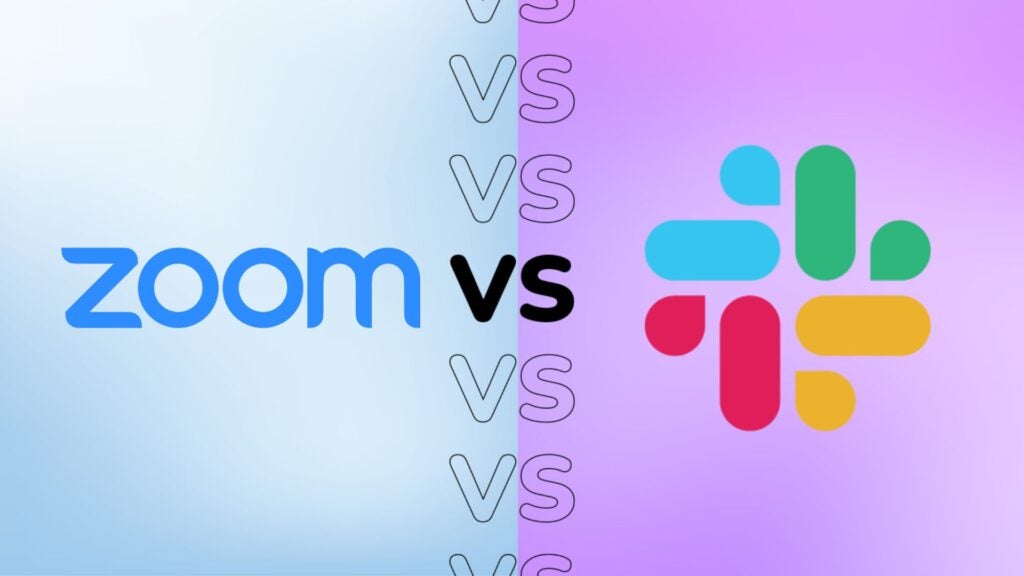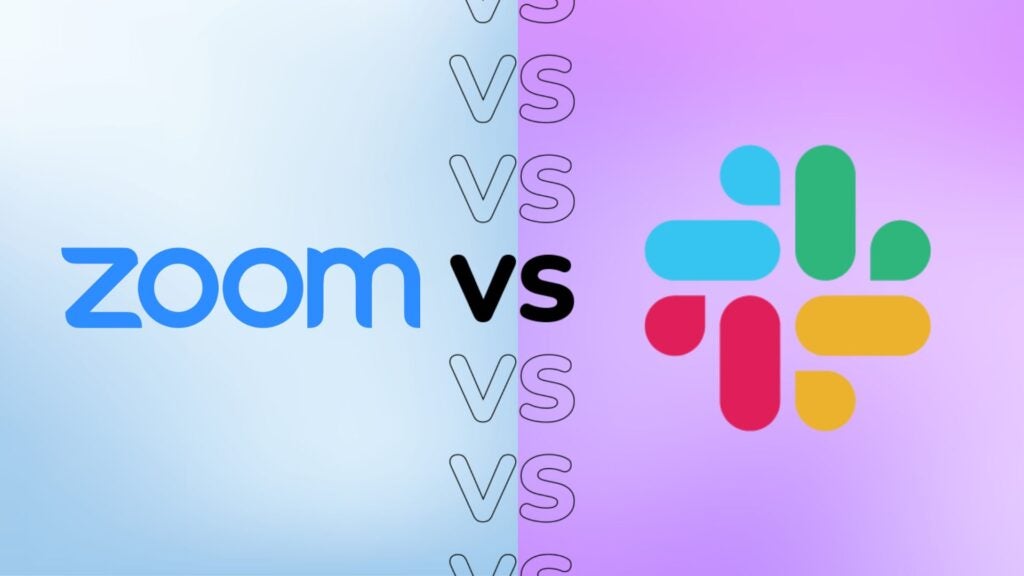

Announced in March 2024, Zoom Workplace is the new AI-powered collaboration platform from the video-conferencing brand.
Designed as a way to streamline communication, increase engagement and improve productivity, Zoom Workplace wants to combine separate communication and collaboration tools into one dedicated platform.
How does it compare to the commonly used productivity and communication platform, Slack? Read on to see the differences between the two workplace platforms.
Zoom Workplace harnesses AI
With its integrated Zoom AI Companion, meetings and chat threads are summarised to keep you in the loop so you don’t need to worry about taking notes or scrolling through endless conversations. It can also quickly compose chats and email drafts.
AI Companion also offers smart recordings of meetings, which automatically divides cloud recordings into “smart chapters” for easy review, which is perfect if you’ve missed an important meeting.
Zoom Workplace also features improved Zoom Rooms, which is designed for modern workplaces where some work in-office and others work remotely. If there are multiple people on the same screen, say if they’re joining a meeting from the office, then they’ll wear a virtual smart name tag and smart speaker tag, so remote joiners will know who each person is.
Although Slack doesn’t have a dedicated “Slack Companion” you can download third-party AI and Chatbots through the Slack App Directory, which can help streamline your productivity. Some of these third-party apps will require you to pay for a subscription though, so keep that in mind.
Zoom Workplace focuses on collaboration
The aim behind Zoom Workplace is to increase and streamline collaboration in the workplace, which should result in boosted productivity. In a meeting you’ll now be able to see multiple screens and collaborate on different documents and whiteboards at the same time.
Like Slack, Zoom Workplace now has co-editing and permission management capabilities for Microsoft OneDrive and Google Drive assets. This means you can share files quickly without needing to worry about granting permission to everyone.
Zoom Team Chat is also included in Zoom Workplace at no extra cost. Similar to Slack messaging, Zoom Team Chat wants to avoid fragmented communication and is a collaboration hub to send messages to colleagues.
Both have third-party app integration
As dedicated workplace hubs, both Zoom Workplace and Slack include access to numerous third-party apps which are used daily in the workplace. With the Slack App Directory, which has over 2600 apps ready to be downloaded, you can find numerous productivity tools such as Google Drive and OneDrive, Trello and Miro.
With Zoom Workplace there’s the Apps and Integrations which either allows you to surface apps within Zoom or embed Zoom into third-party apps, depending on your use. For example you can connect Zoom to either Microsoft or Google, which allows you to connect your email accounts and calendar to your Zoom app and seamlessly share files with colleagues.
Doing this means Zoom Workplace can be a one-stop platform for all your work needs by consolidating the number of apps you use each day into one productive hub.
Both have a basic free-to-use plan
To be expected, both Zoom Workplace and Slack’s free plan are fairly limited in what they can do, so if you want more options then you will likely want to upgrade to a paid plan which can both be billed either monthly or yearly.
The main limitations of Zoom Workplace’s free plan include no AI Companion, a limit of three whiteboards for collaboration and no cloud storage.
Slack’s main limitation is that only one-to-one huddles are enabled, so you’ll have to use a third-party device (ironically, such as Zoom) if you want to put together a larger meeting.
Both Zoom Workplace and Slack are tiered plans, with Zoom Workplace separated into Free, Pro, Business, Business Plus and Enterprise and Slack is separated into Free, Business Plus and Enterprise.
Zoom Workplace starts at £12.99 per person/per month or £129.99 per person/per year for their Pro plan, whereas Slack is slightly cheaper at £7 per person/per month or £69 per person/per year.






